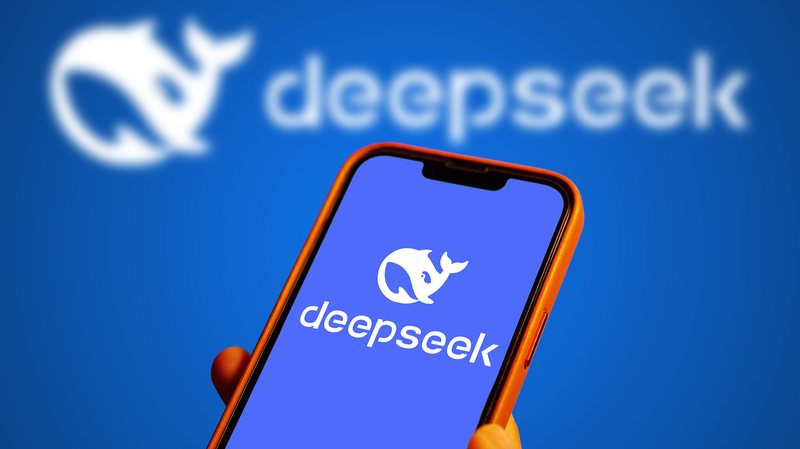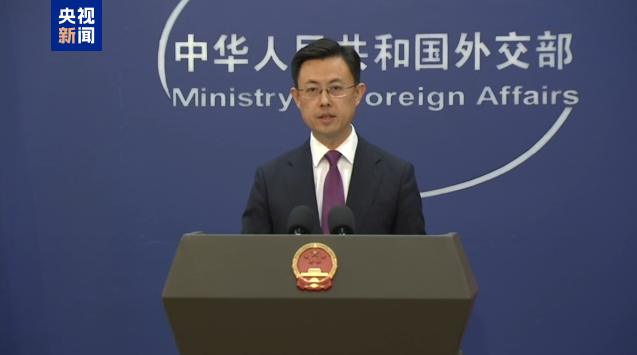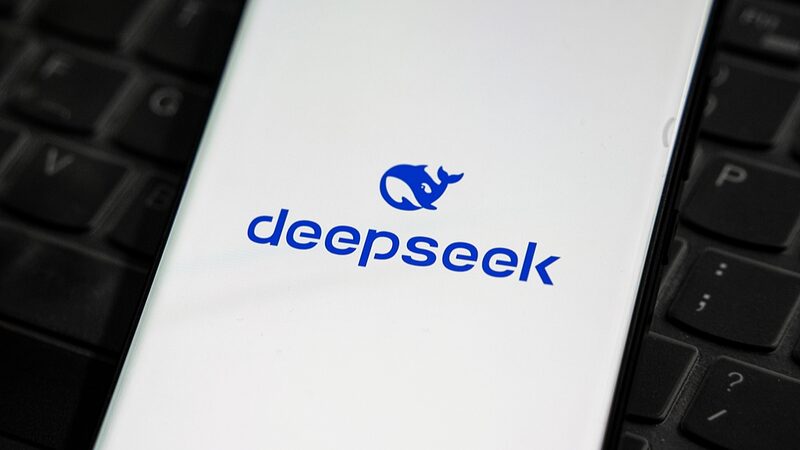The Artificial Intelligence (AI) Action Summit, held in Paris from February 10 to 11, brought together leaders and tech executives from over 100 countries to discuss the promotion and safe application of artificial intelligence. Among the key topics was the rise of Chinese large language models (LLMs), particularly DeepSeek, which is reshaping the global AI landscape. This shift marks a pivotal moment in AI development, as Chinese models challenge traditional paradigms and introduce innovative approaches that could redefine the future of the industry.
A New Era in AI Development
DeepSeek has captured global attention since its release. Its success lies in its innovative \"low-cost algorithms + open source\" model, which breaks away from the traditional \"high-investment computing power + closed source\" approach. This shift represents a watershed moment in AI development, demonstrating that sophisticated AI capabilities can be achieved through algorithmic innovation rather than sheer computational power.
Historically, AI advancements were driven by scaling laws, which emphasized the need for massive computing resources. However, DeepSeek's strong reasoning capabilities and performance, achieved through smart optimization rather than raw computing power, challenge this assumption. This breakthrough not only reduces costs but also opens up new possibilities for AI applications, making the technology more accessible and sustainable.
Transforming the Global AI Landscape
With technology restrictions and computing infrastructure upgrades reshaping the AI landscape, China is making strides through its independent open-source ecosystem and extensive applications. DeepSeek's rise signifies a shift away from dependence on high-end chips, presenting new opportunities for AI advancement globally.
On January 21, U.S. President Donald Trump announced the Stargate AI infrastructure plan. Backed by OpenAI, SoftBank, and Oracle, the initiative involves a $500 billion investment in next-generation AI infrastructure, including advanced data centers and energy facilities. This move marks the beginning of a new AI technology arms race.
The central debate in AI development now revolves around the relevance of the Scaling Law. If computing power and algorithmic bottlenecks are overcome, a fundamental paradigm shift in AI development may be imminent.
The rise of DeepSeek and similar Chinese models is reshaping the global AI competitive landscape. Traditionally, AI development was dominated by high-end chips and closed-source technologies, creating significant barriers to entry. However, DeepSeek's open-source approach and low computing costs are democratizing AI development, enabling more countries and companies to participate in the AI revolution.
This shift is particularly significant in light of ongoing geopolitical tensions and technology blockades. For instance, on January 13, the U.S. government imposed stricter regulations on AI chip exports, restricting China's access to advanced chips below 16nm. This policy, however, has inadvertently spurred domestic technological breakthroughs. On February 1, Huawei Ascend became the first Chinese AI chip to support DeepSeek models. Within a week, over 15 domestic AI chip firms announced compatibility with DeepSeek, accelerating China's AI computing independence.
DeepSeek optimizes compatibility with domestic chip instruction sets, supports local operating systems and integrates with hardware acceleration. By collaborating closely with domestic chip manufacturers, DeepSeek enhances AI performance while promoting technological autonomy. This shift strengthens China's AI industrial chain and ensures greater information security.
Reference(s):
Chinese LLMs lead the reconstruction of AI development paradigm
cgtn.com








